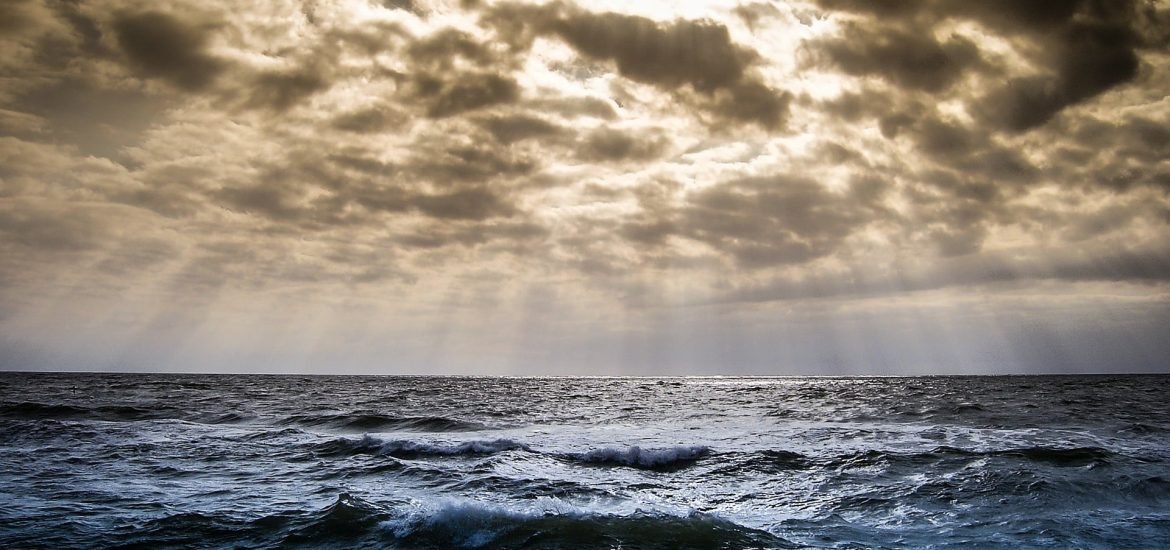
Human activity has caused oxygen levels in the Baltic Sea to drop to the lowest point in 1500 years, according to a study published on Thursday by researchers in Germany and Finland.
Writing in the European Geosciences Union journal Biogeosciences, the team warned that nutrient run-off from fertilisers and urban sewage is causing low-oxygen areas, known as dead zones, to spread in the Baltic. Dead zones harm ecosystems and can result in dangerous algal blooms, including blooms of toxic cyanobacteria.
Researchers explained that higher nutrient levels in the water facilitate the growth of algae. As the algae die and sink to the seafloor, bacteria begin decomposing them and consume oxygen in the process.
The dead zone in the Baltic currently measures around 70,000 km2, an area nearly twice the size of Denmark, study co-author Sami Jokinen, a PhD student at the University of Turku in Finland, told The Guardian.
In order to discover the cause of past oxygen loss and how climate may have contributed, the team drilled a sediment core from the seafloor. Taken from a section of the Baltic known as the Archipelago Sea, which stretches between Finland and Sweden, the four-metre-long sediment core showed changes in oxygen levels that occurred in the area over the past 1500 years.
They found that recent oxygen loss is “unprecedentedly severe,” with significant oxygen depletion beginning in the early 1900s.
“The Baltic was strongly impacted by human nutrient inputs in the 20th century and is still experiencing the legacy of those inputs today,” study co-author Tom Jilbert, an assistant professor at the University of Helsinki in Finland, said in a statement.
Researchers said they were surprised by how early the spike in oxygen depletion began.
“The 1950s is often regarded as the period of rising oxygen depletion in the Baltic Sea, which has been linked to the substantial increase in human-induced nutrient loading around that time,” Jokinen said in a statement.
Jokinen noted that the early deoxygenation was likely due to uplift in the region as well as “marked human-induced nutrient loading already at the turn of the 20th century.”
Despite efforts to limit nutrient pollution, researchers found “no evidence of recovery” from oxygen depletion in the Archipelago Sea.
“The total amount of nutrients – phosphorus and nitrogen – in the water remains high even after human inputs have been reduced,” said Jilbert. “It is a self-sustaining vicious circle that can take decades to reverse,” Jokinen added.
The team said global warming could be to blame for the slow recovery – rising temperatures exacerbate the issue, since warm waters hold less oxygen than cold waters.
“Climate change was not the main cause of the current dead zone, but it is an important factor delaying the recovery,” said Jilbert.
Because dead zones cannot support marine life, the growth of these areas threatens local ecosystems and fish populations and negatively impacts economic activity in communities that depend on fishing.
However, researchers said there is hope for improvement. “The good news is that many countries in the Baltic catchment have taken significant steps towards nutrient loading reductions,” said Jilbert. “In some coastal regions we are already seeing improvements.”
The problem is not unique to the Baltic. Earlier this year, scientists discovered that a dead zone in the Arabian Sea is larger than previously thought and continues to grow. A separate study published in January found that dead zones in the world’s oceans have quadrupled in size since 1950, and can be found across the globe in densely populated coastal areas.